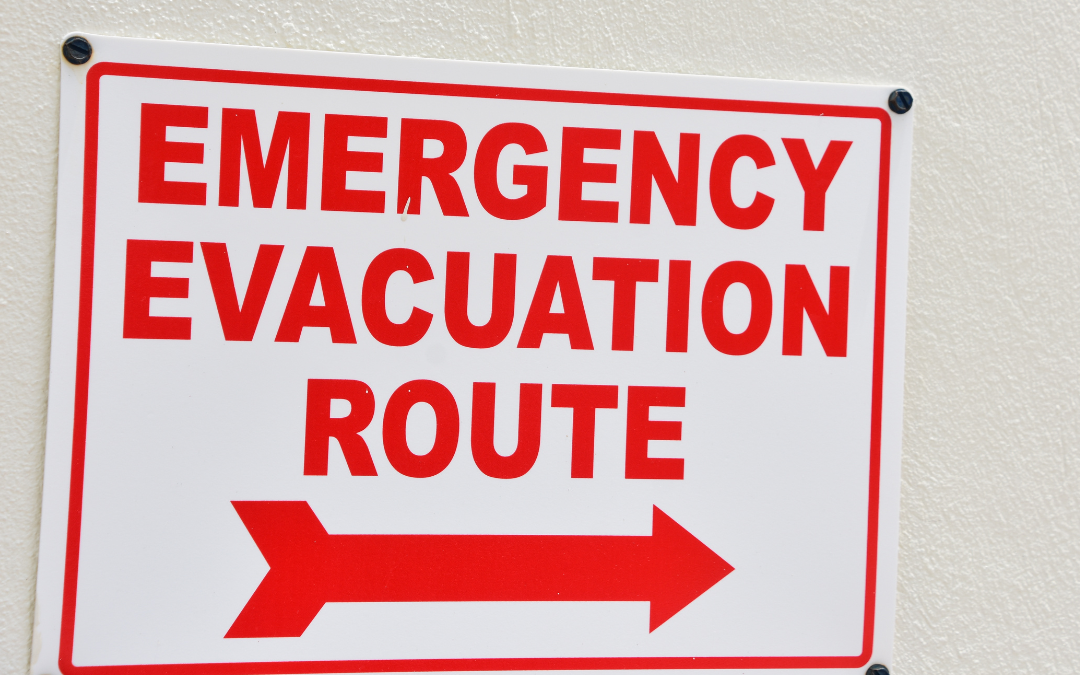
Emergency Preparedness for Businesses: Communication Protocols

When an emergency strikes, communication’s clarity, speed, and accuracy can make the difference between chaos and coordinated response. Emergency communication protocols are crucial frameworks that guide how information is shared during these critical moments. Let’s explore the essential components of these protocols and why they’re so vital for any organization.
1. The Importance of Effective Communication
In emergencies, time is of the essence. Misinformation or delays in communication can lead to unnecessary panic, mismanagement of resources, or even more significant harm. Effective communication ensures that everyone involved – employees, stakeholders, or the public – is informed, understands their role, and can take appropriate action.
2. Key Components of Emergency Communication Protocols
Clear Hierarchy and Chain of Command: Establishing who will be the primary source of information and decision-making is essential. A clear chain of command ensures that messages are consistent and authoritative.
Communication Channels: Determine which mediums (emails, SMS, public address systems, social media) are most effective and appropriate for different audiences and emergencies.
Predrafted Messages: For foreseeable emergencies, have messages ready to be quickly adapted and sent out. This saves time and ensures clarity.
Stakeholder Identification: Different audiences need different information. Identify who needs to know what and tailor communication accordingly.
Regular Updates: In prolonged crises, regular updates – even if there’s no new information – can reassure audiences and prevent the spread of rumors.
Feedback Mechanisms: Allow recipients of your messages to ask questions or provide feedback. This can also serve as a way to gauge the effectiveness of your communication.
3. Emergency Preparedness Training and Drills
More than merely having a protocol is required; it needs to be practiced. Regular training and drills help familiarize everyone with the protocol, identify gaps or inefficiencies, and ensure a smoother execution in real emergencies.
4. The Role of Technology
Modern technology offers a plethora of tools to aid in emergency communication. Automated alert systems, dedicated emergency apps, and digital platforms can disseminate information rapidly and widely. Make sure to choose systems that are reliable, user-friendly, and have backup mechanisms in place.
5. Addressing Special Needs
Ensure that your communication is accessible to everyone, including those with disabilities. Consider alternative methods such as text-to-speech systems, braille, or sign language interpreters to ensure inclusivity.
6. Post – Emergency Debrief
After the emergency has passed, gather all stakeholders for a debrief. Analyze the effectiveness of the communication, identify what worked and what didn’t, and adjust your protocol accordingly. Continuous improvement is crucial for success in future emergencies.
While we can’t always predict when an emergency will strike, we can prepare for it. A well-crafted emergency communication protocol ensures that everyone is on the same page when the unexpected happens, minimizing panic and maximizing coordinated response. Every organization, big or small, should invest in developing, refining, and practicing these protocols. Clear and effective communication can be your strongest ally in the face of adversity.
Need help in rolling out emergency preparedness plan for your business? Let us help you. Contact us.




